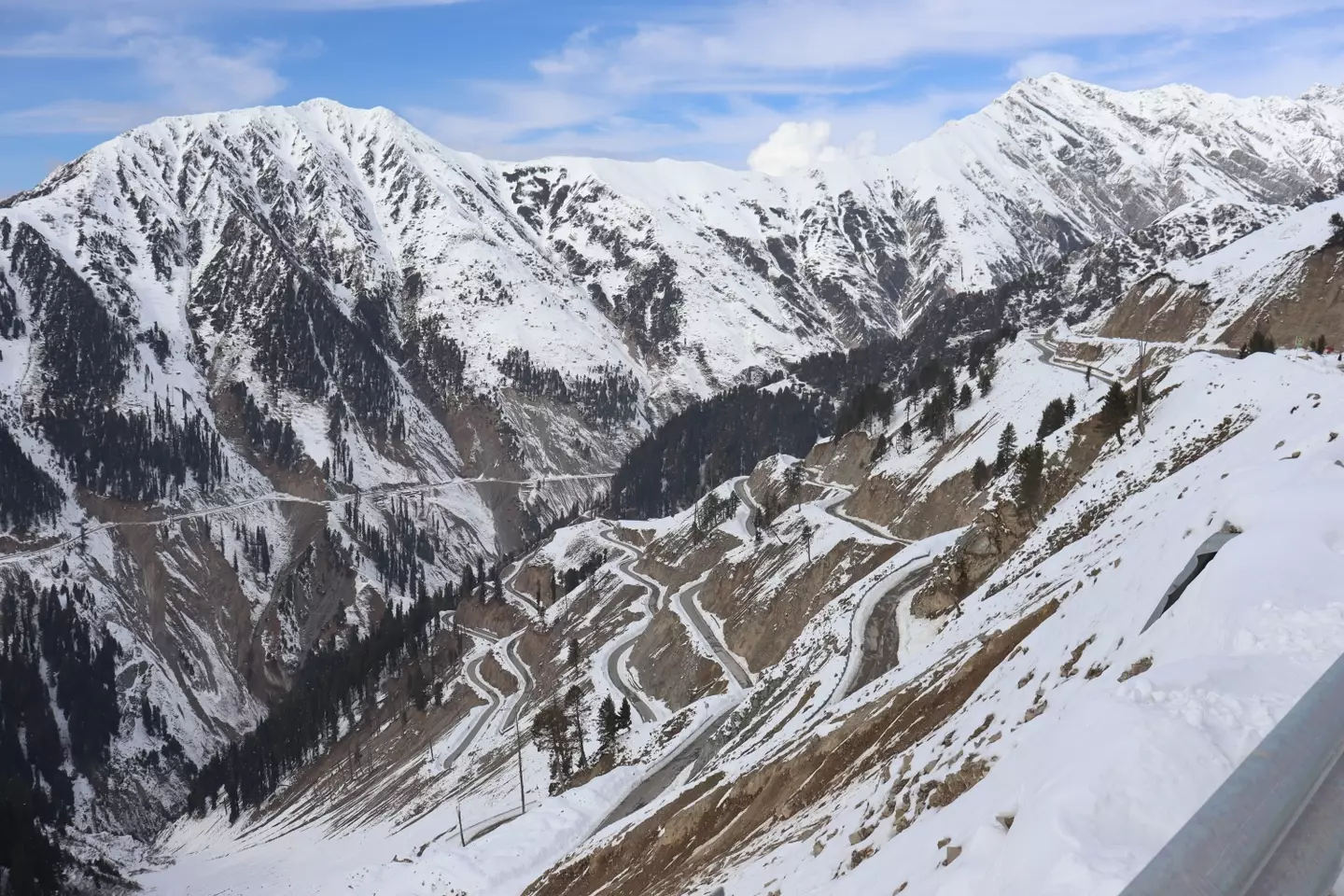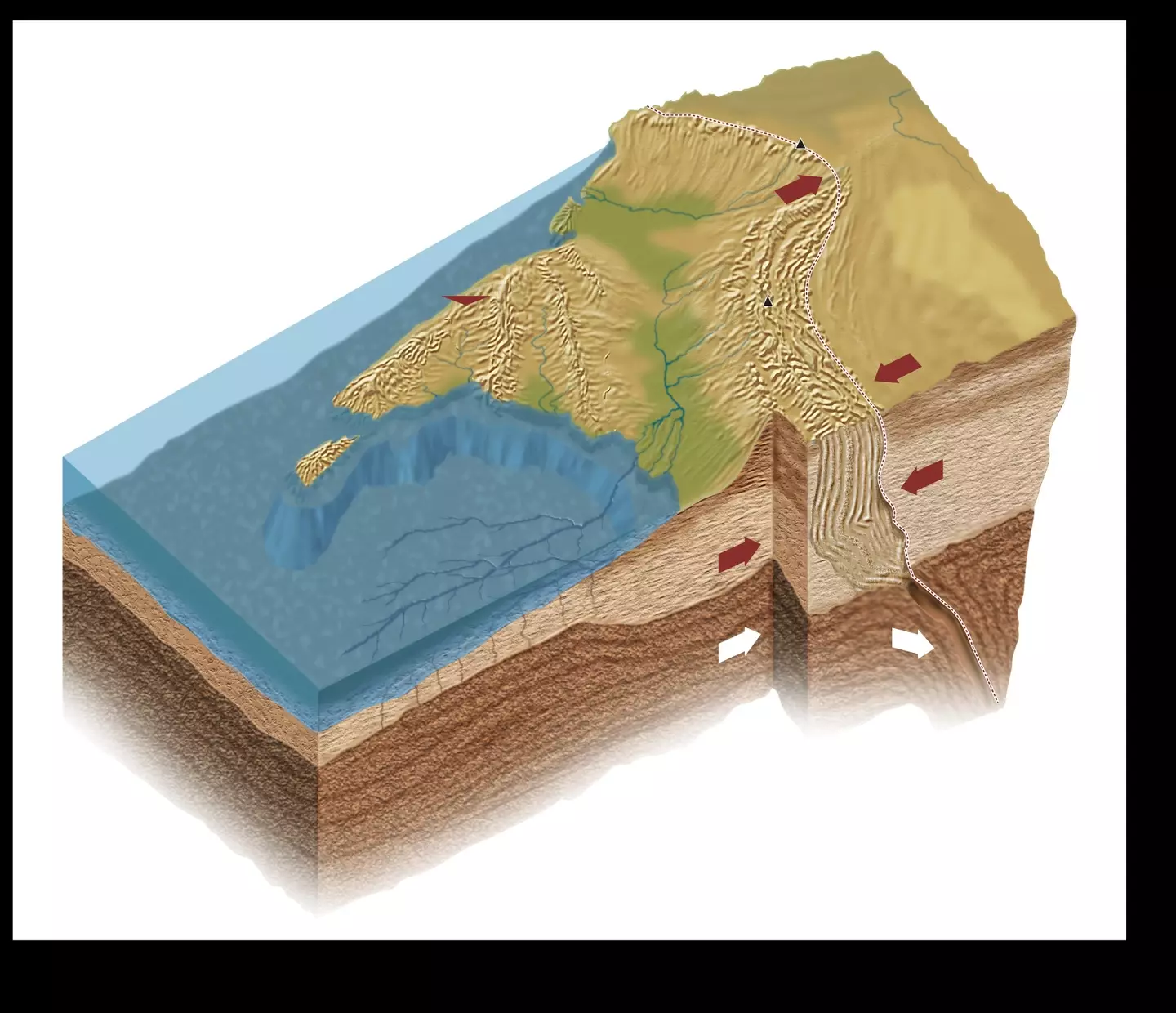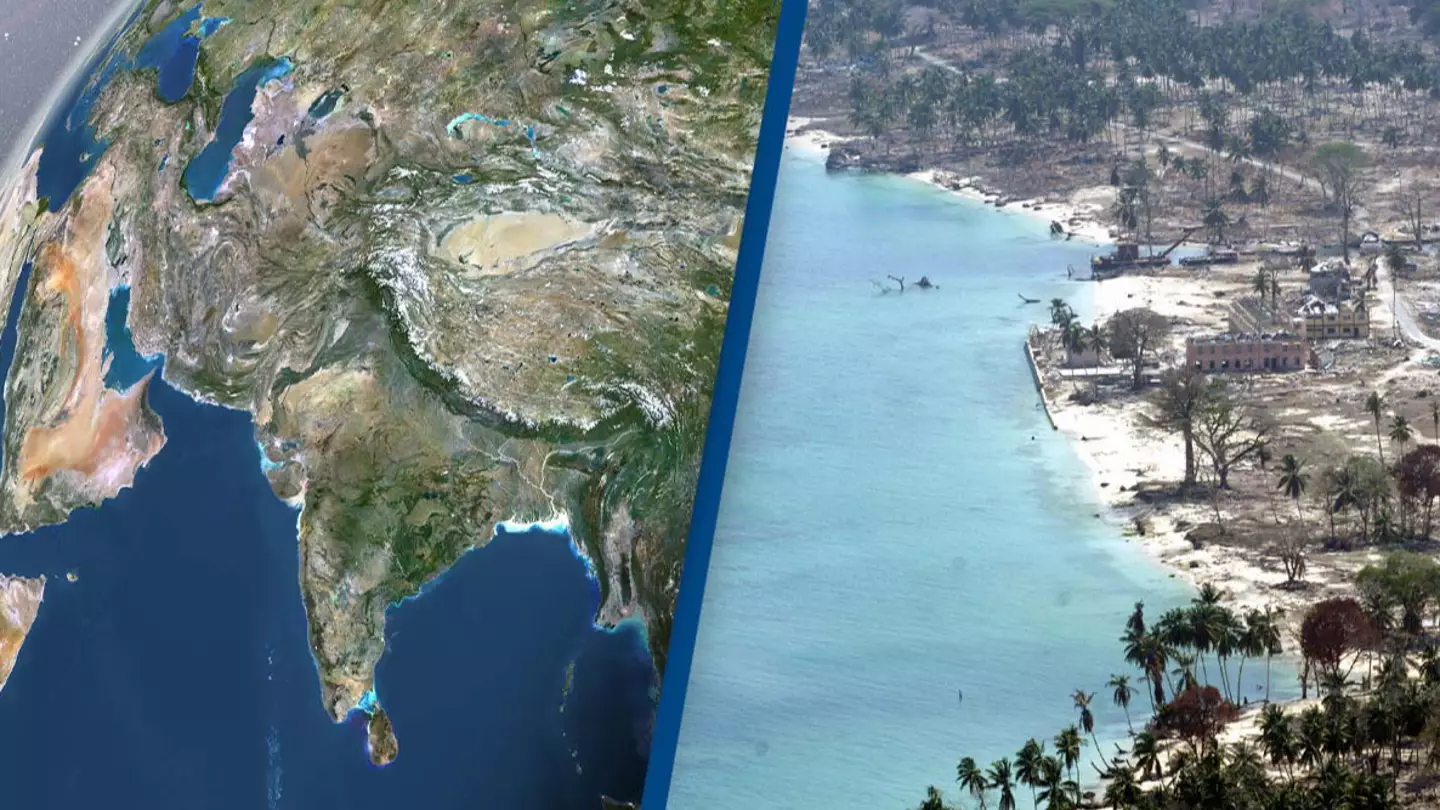A recent study suggests that the tectonic plate under India might be splitting into two distinct parts. India, ranking as the seventh largest country globally, trails only behind giants like Australia, Brazil, and the US, and spans over approximately 3.287 million km². To put this into perspective, if India were to be divided vertically, it would result in two lands each roughly the size of Mongolia. However, the division of India’s tectonic plate, if it were to occur, would more likely be horizontal.
The intriguing theory emerged at the American Geophysical Union conference in December 2023. The research, detailed in a study titled ‘Slab tearing and delamination of the Indian lithospheric mantle during flat-slab subduction, southeast Tibet,’ explores the complex geological formation of the Himalayas. This iconic mountain range stretches across five countries—India, Pakistan, Nepal, China, and Bhutan.
The Geological Society explains that the formation of the Himalayan mountain range and Tibetan plateau is the result of the ongoing collision, since 50 million years ago, between the Indian Plate and the Eurasian Plate.

The study, led by researchers Lin Liu, Danian Shi, Simon L Klemperer, and others, began by examining helium levels in Tibetan springs. Their findings showed higher helium levels in the southern part of Tibet compared to the north. This led to a hypothesis that the Indian tectonic plate could be tearing apart beneath the Tibetan plateau.
To probe further, the researchers used ‘3D S-wave receiver-functions’ to analyze the Indian Plate. This technique employs data from teleseismic earthquakes to visualize the structure of the Earth and identify internal boundaries. According to their publication in the ESS Open Archive, this advanced analysis revealed new insights: “Our 3D S-wave receiver-functions newly reveal orogonal-perpendicular tearing or warping of the Indian Plate.”

One striking image from the study shows the top and lower slabs of the Indian Plate seemingly beginning to detach. This suggests that instead of a simple break, the Indian Plate is undergoing a complex process of ‘underplating’ or ‘subducting’ beneath a ‘mantle wedge.’
The study concludes that their seismic receiver functions (SRFs) “objectively map depths to distinct Indian and Tibetan lithosphere-asthenosphere boundaries across a substantial region of southeastern Tibet.” This boundary, as suggested by the study, is further supported by varying shear wave splitting (SWS) parameters and independent interpretations of the mantle suture from mantle degassing patterns and the northern limit of sub-Moho earthquakes.
In essence, the study posits that the Indian Plate is not merely breaking but peeling into two layers, a process that might redefine our understanding of the region’s geological activity and its global implications.

